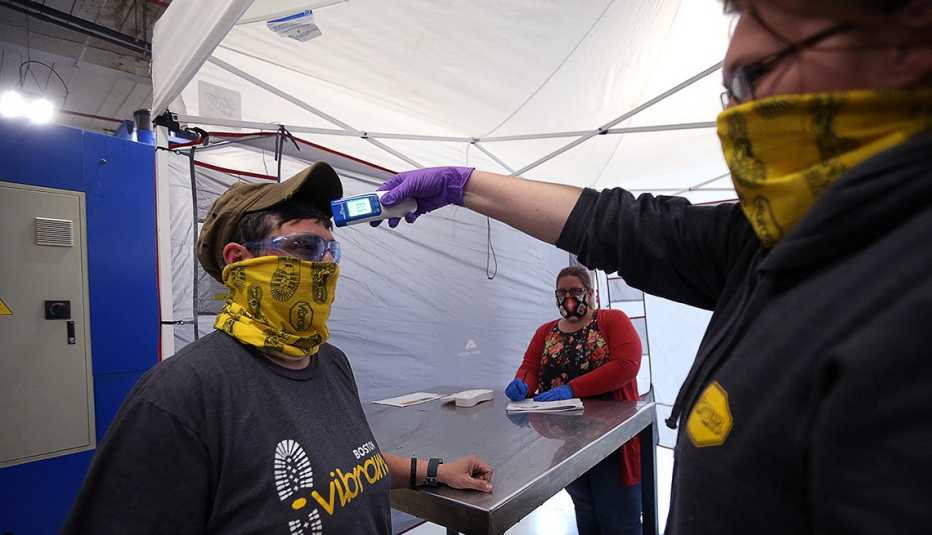AARP Hearing Center
Even though most employers worldwide recognize that their businesses benefit when employees from different generations work together, only half of these employers include age in their policies to improve diversity in their workforce, according to a new survey from AARP's Living, Learning and Earning Longer collaborative initiative.
To learn more about how businesses around the world are benefiting from multigenerational workforces — the term used to describe when people from different age groups work side by side — AARP surveyed employers in 36 countries, collecting data in two waves: once in the fall of 2019 and again in the midst of the 2020 COVID-19 pandemic.
The survey of 6,000 employers found that 83 percent of business leaders say multigenerational workforces are key to the growth and long-term success of their companies.
"As people live longer, healthier lives, they're also working longer — a long-term trend that presents a great opportunity for employers and people of all ages to reimagine what it means to earn and learn over a lifetime,” says AARP CEO Jo Ann Jenkins.
"Research shows that age-diverse workforces have a positive effect on employee engagement, productivity and the bottom line. It is heartening to see that business leaders around the world recognize this value, even as we've been concerned the pandemic could fuel ageism.”
More work to do to back age diversity
Despite awareness of the contributions older adults make to the workforce, many employers still could do more to improve their policies and practices with regard to age. For example, 53 percent of respondents said their companies do not include age in diversity and inclusion policies.
"The very understanding of what diversity and inclusion encompasses has continued to evolve, as it must,” the report says. “As part of that evolution, age must be included in diversity and inclusion policies, programs and philosophies."
Nearly 4 in 10 of the global employers said that their businesses have a mandatory retirement age. Around the world, mandatory retirement policies were most common in the fields of government and public administration, followed closely by energy, telecommunications and utilities.
In the United States, federal law generally has prohibited mandatory retirement ages since 1986, but there are many occupations that are excluded from the law.
Here are some other key findings from the survey:
- 70 percent of respondents said they favor taking steps to promote unbiased recruitment practices.
- 3 in 4 (74 percent) would provide training and lifelong learning opportunities for older employees.
- 2 in 3 (68 percent) would purposefully design mixed-aged teams to leverage the advantages that both younger and older employees bring to the table.
- Over half (54 percent) are providing more flexible work arrangements, including teleworking as a result of the COVID-19 pandemic.
Older workers adapt to telework during pandemic
Much of the survey was conducted during the pandemic, when millions of older workers were unemployed, furloughed or otherwise facing challenges to continuing their careers. Despite these uncertainties, the data does show that older workers were successfully navigating working remotely from home, which became more common during the pandemic.
































































